Spring is a very important period for caring for peonies because it’s when they awaken from their winter rest. Providing the appropriate conditions and care is vital to ensure magnificent blooms. Peonies are prized for their big, fragrant flowers, making them a garden highlight. Nevertheless, they need specific care in the spring months to flourish. This guide presents ten crucial actions to guarantee your peonies steal the show in your garden this year.
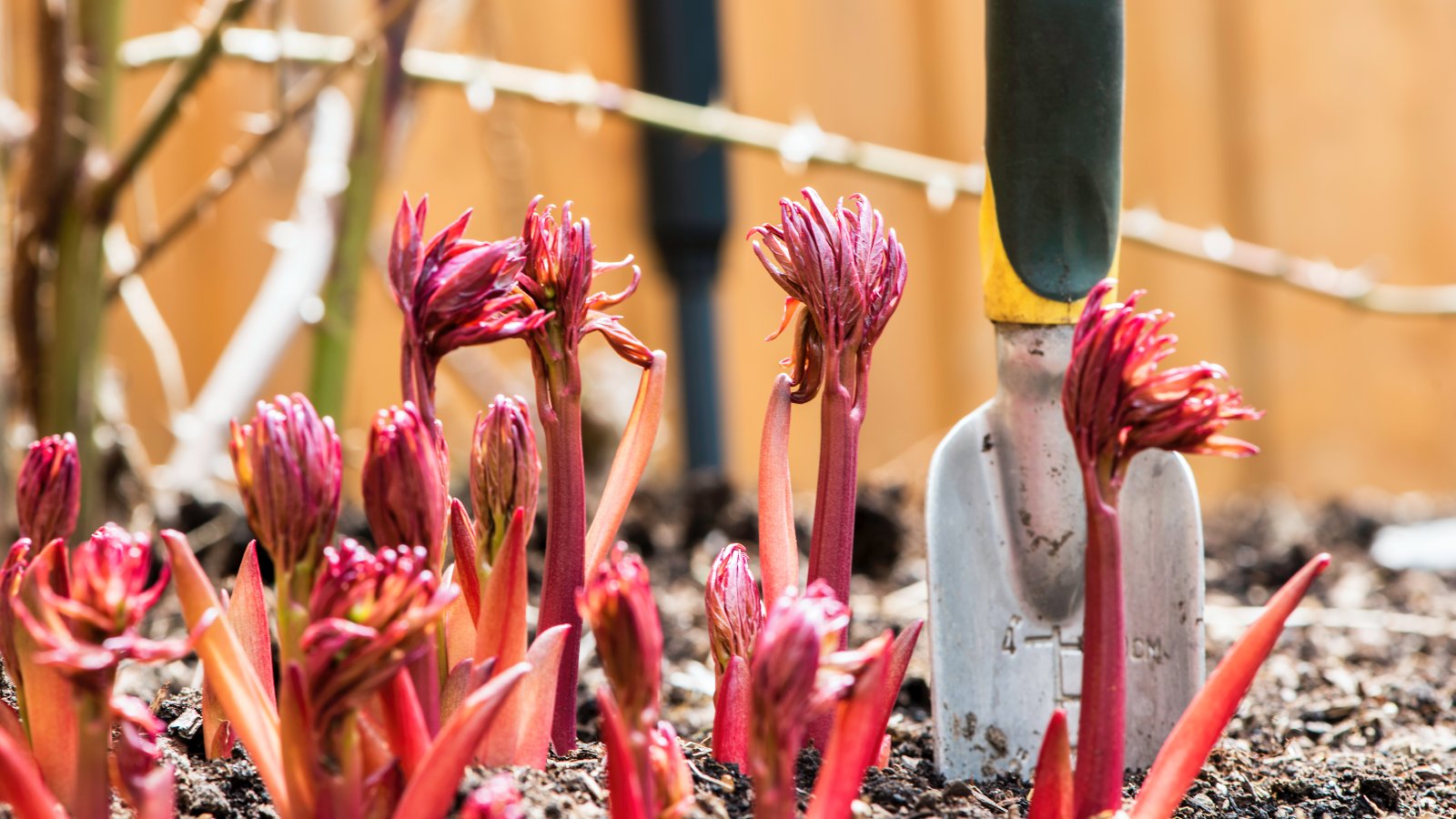
Understanding Peony Growth Cycles
Peonies experience a distinctive growth cycle that starts in the early spring. As soil temperatures rise, peony shoots appear, indicating the beginning of the growth phase. Knowing this cycle is essential to properly time your care. Peonies generally flower from late spring to early summer, with their growth cycle including a phase of rapid development, blooming, then dormancy. Aligning your care with these stages maximizes their flowering potential.

Selecting the Right Location for Planting
The success of your peonies greatly depends on selecting the correct location. Peonies thrive in full sunlight, needing a minimum of 6-8 hours of direct sunlight per day. In addition, well-drained soil is essential to prevent root rot. When choosing a planting spot, consider the plant’s expected mature size and make sure there is adequate space for air to circulate. Avoid planting in areas with dense clay soil or locations where water accumulates after rainfall.

Preparing the Soil for Optimal Growth
Preparing the soil is important to promote robust peony growth prior to planting or as part of spring upkeep. Begin by assessing the soil’s pH, aiming for a range of 6.0 to 7.0. Mix in organic matter, like compost or well-rotted manure, to enrich drainage and the nutrient content. Loosen the soil to a depth of at least 12 inches to make space for the peony’s extensive root structure.
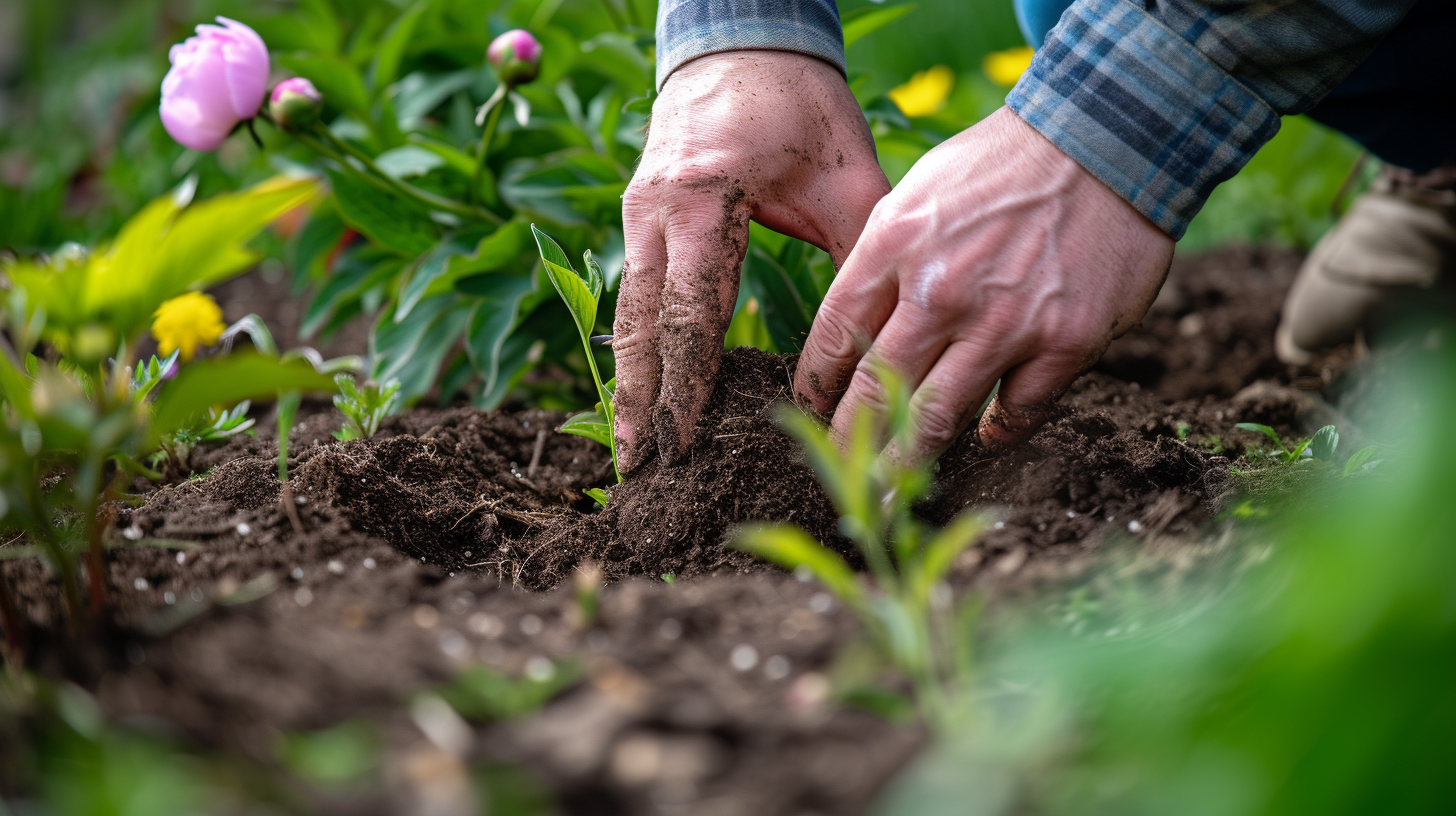
Ensuring Proper Watering Techniques
Consistent moisture is essential for peonies, especially during active growth and flowering. Water deeply once each week, giving approximately 1 inch of water, and modify the amount depending on rainfall and the level of moisture in the soil. Avoid watering from above, as this can lead to fungal diseases; instead, water the plant’s base. Mulching can aid in retaining moisture in the soil and reduce how often watering is required.
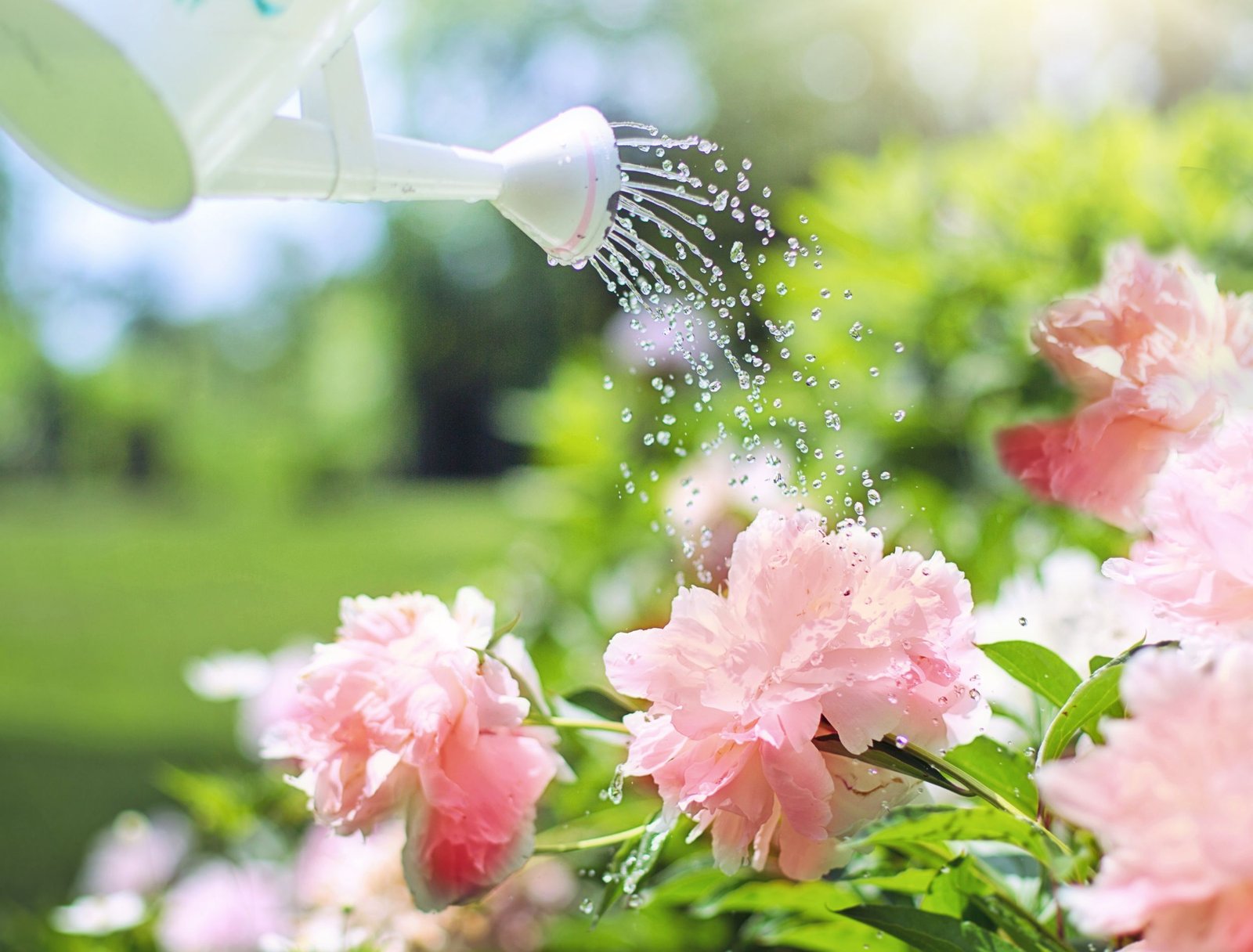
Fertilizing for Maximum Bloom Potential
Fertilize peonies in early spring when new growth appears to foster abundant blooms. Use a well-balanced, slow-release fertilizer containing equal amounts of nitrogen, phosphorus, and potassium, or one created specifically for flowering plants. Avoid over-fertilizing, since it can promote excessive foliage at the expense of blooms. One application in spring is normally enough for the entire season.
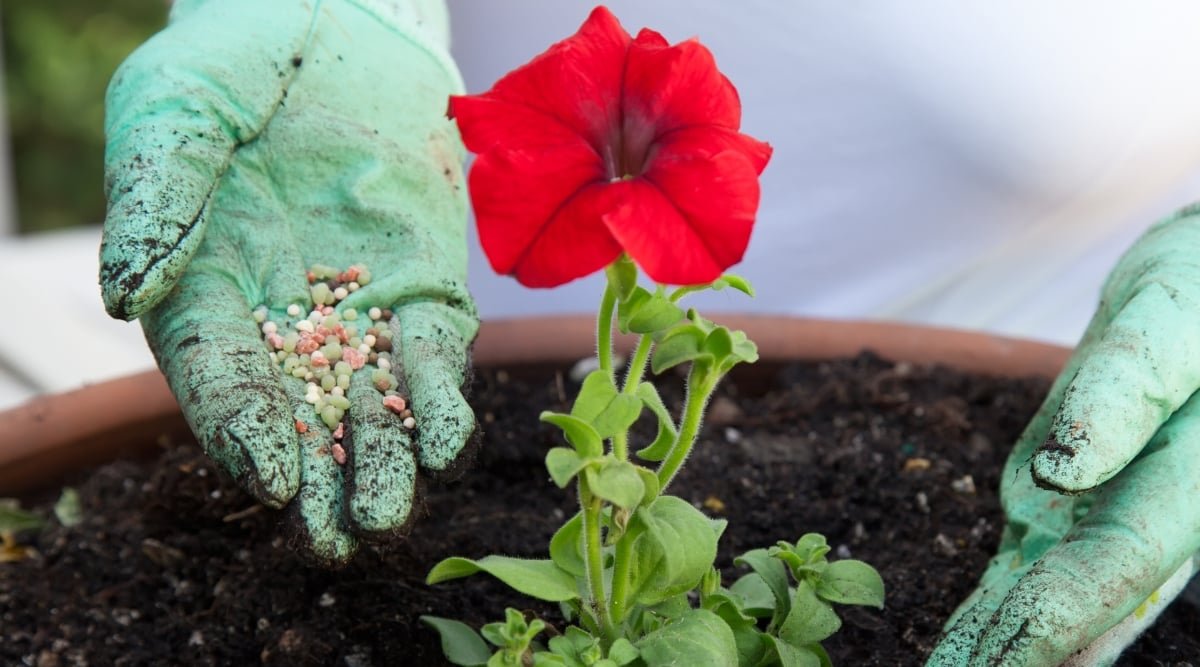
Pruning and Deadheading for Healthier Plants
Maintaining healthy peonies requires pruning and deadheading. Eliminate any stems that are dead or damaged in the early spring to encourage fresh growth. Remove faded flowers after they have finished blooming to prevent seed production and focus the plant’s energy on developing its roots and foliage. Cut the foliage back to ground level during the fall to prevent pests and diseases from overwintering.

Managing Pests and Diseases Effectively
Common pests and diseases, such as botrytis blight, powdery mildew, and aphids, can impact peonies. Regularly check the plants for warning signs like leaves that have become discolored or growth that is stunted. Use organic or chemical treatments as needed, and maintain good garden hygiene by removing trash and ensuring that air circulates properly around plants to lower the chance of disease.
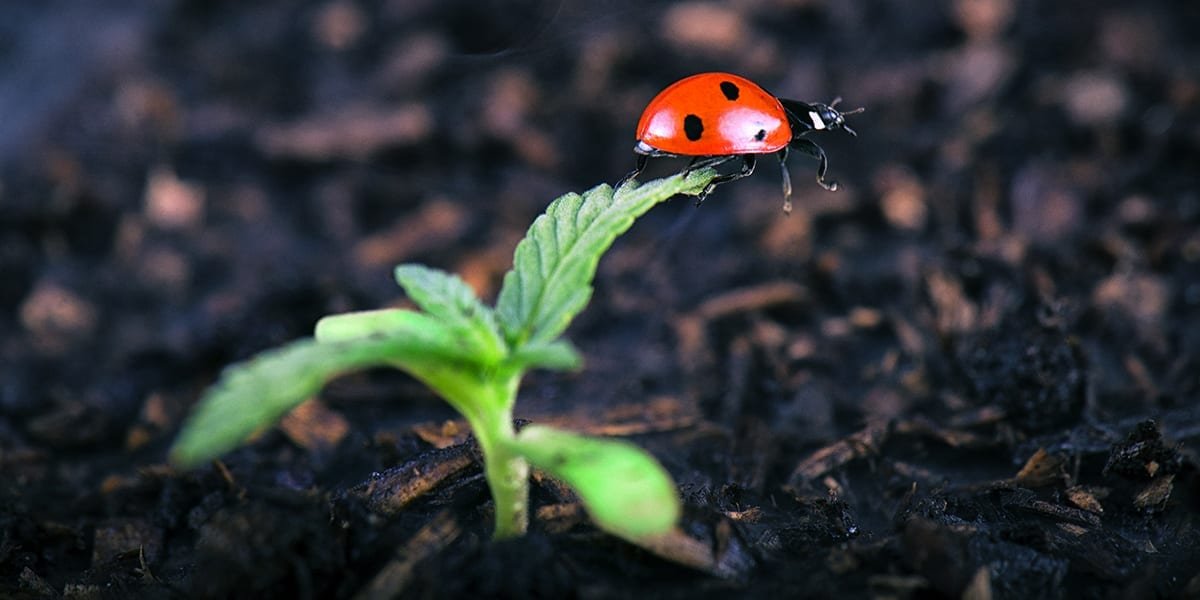
Supporting Peonies with Stakes and Cages
The heavy blooms of peonies can cause their stems to sag or break as they develop and flower. Provide assistance with stakes or peony cages to avoid this. Set up supports early in the season, before the plants reach maximum height, to prevent harm to the roots. Place stakes or cages around the plant, gently tying the stems as they grow to keep them supported and upright.
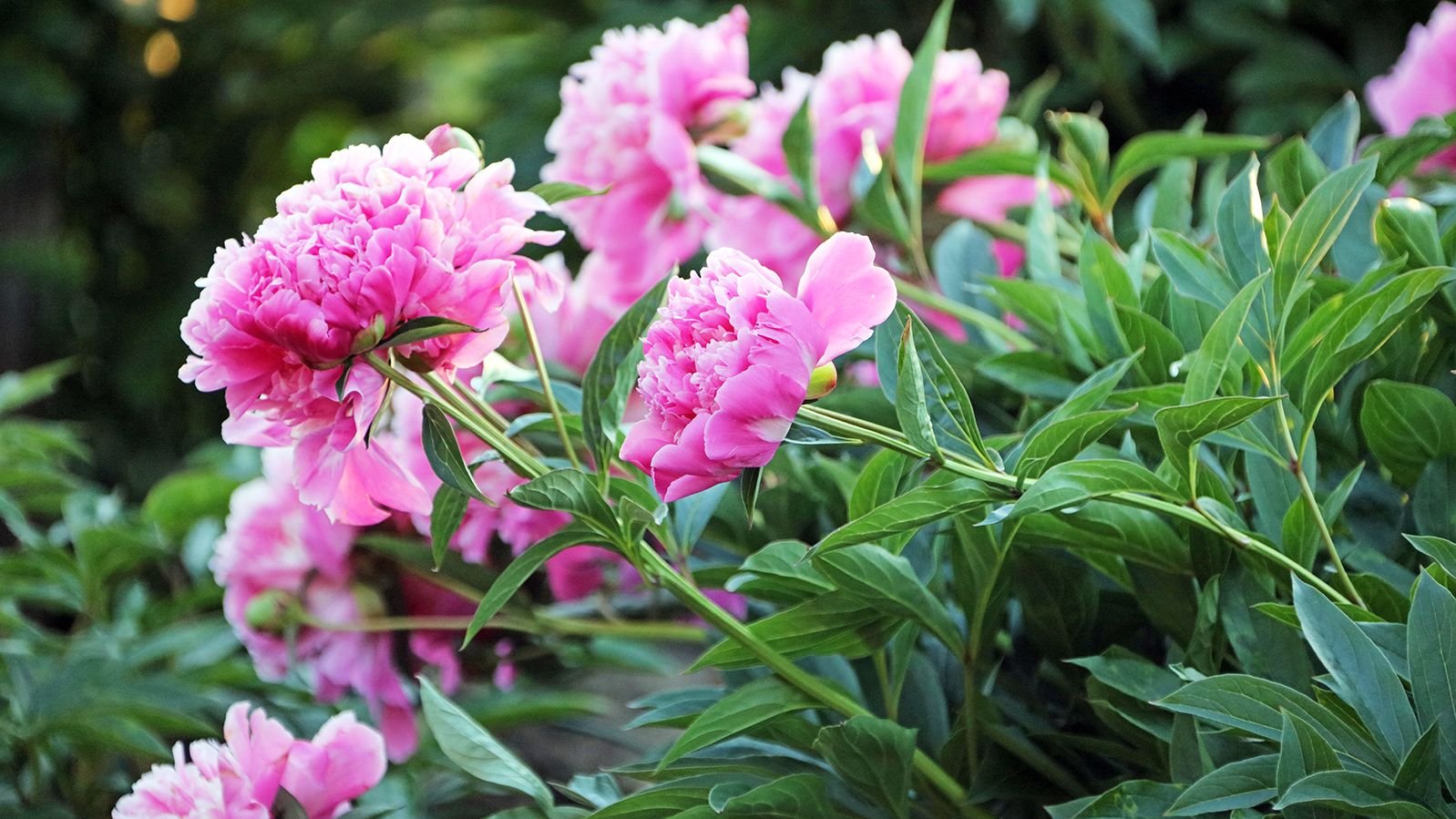
Mulching to Retain Moisture and Suppress Weeds
Applying mulch around peonies retains soil moisture, suppresses weeds, and regulates soil temperature. Use organic mulch, like shredded bark or straw, and spread a layer of 2-3 inches around the plant’s base, being carefull to keep it away from the stems to prevent rot. Mulching also adds organic material to the soil when it decomposes, which benefits the plants further.
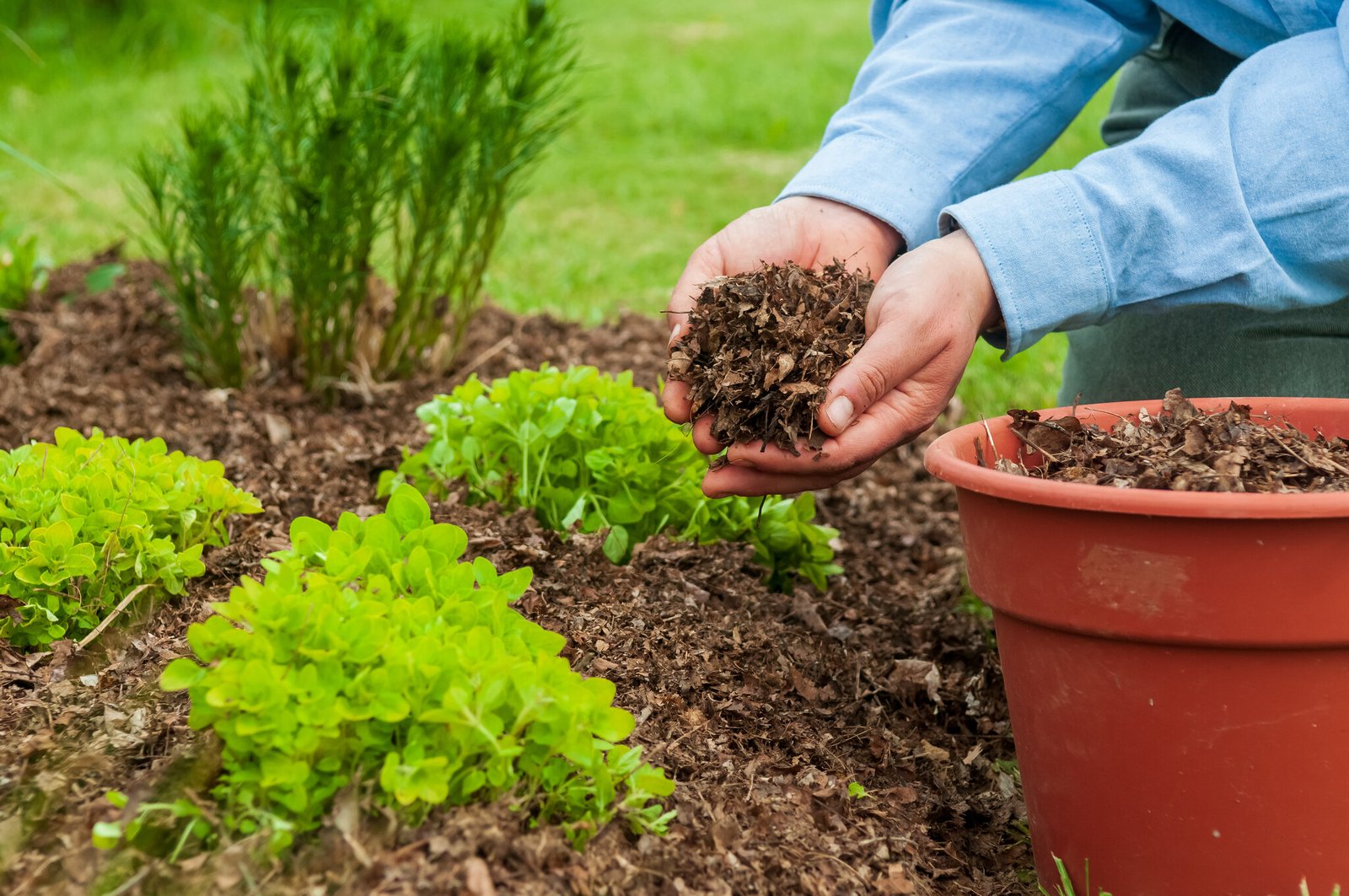
Monitoring Weather Conditions and Adjusting Care
Spring weather is variable, with temperature and precipitation changes. Keep track of regional weather patterns and adjust your care accordingly. Shield new shoots from late frosts with row covers or cloches and give adequate watering during dry times. Responding to weather changes will help peonies thrive and bloom magnificently.
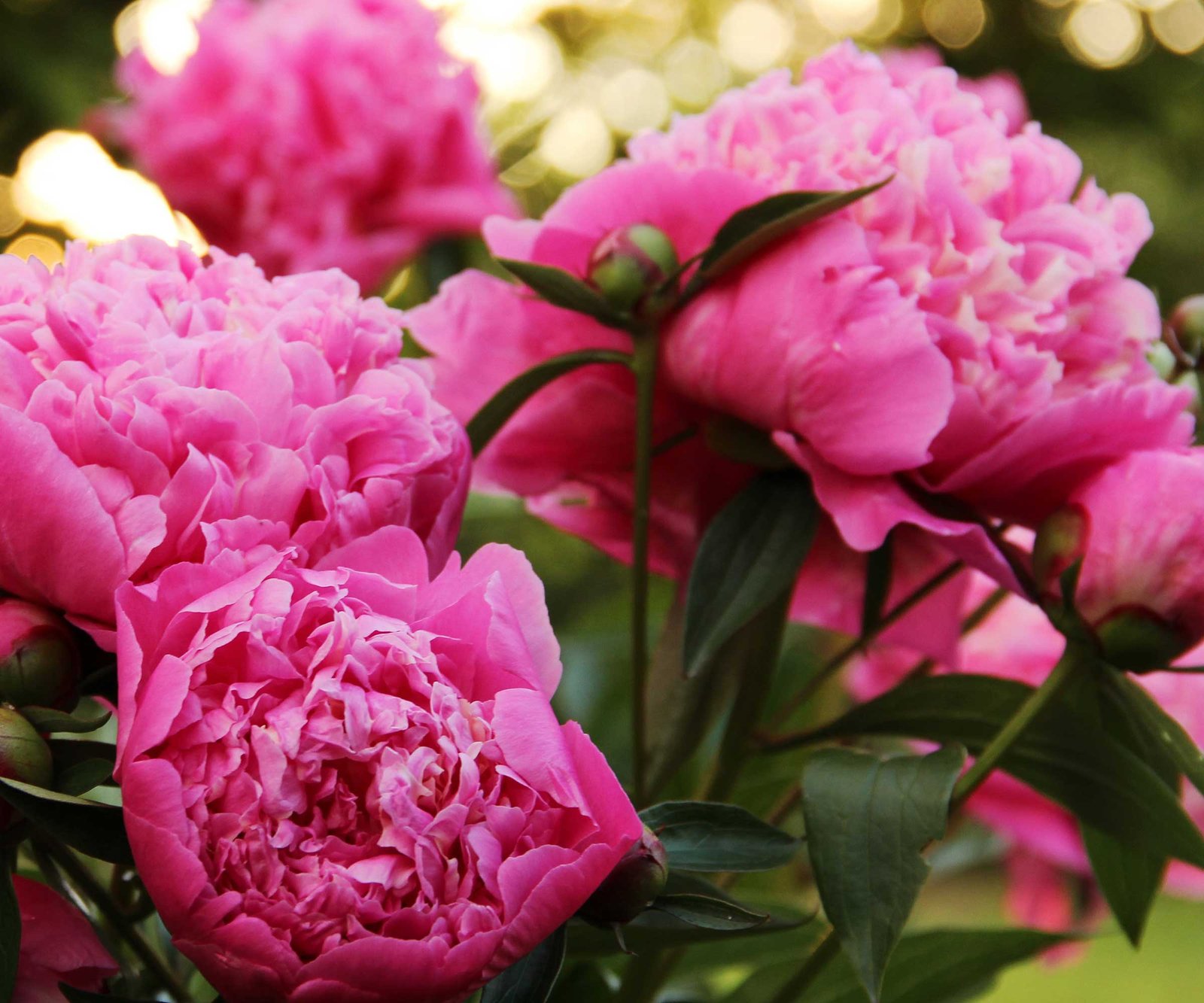
Conclusion
In summary, ensuring the health and beauty of your peonies during the spring entails a comprehensive approach that includes understanding their unique growth cycles, selecting optimal planting locations, preparing the soil adequately, and implementing precise watering and fertilization techniques. Additionally, regular pruning and deadheading play a crucial role in fostering thriving plants, while effective pest and disease management is essential for preventing potential setbacks. Supporting these beautiful blooms with stakes and cages will prevent damage as they grow, and applying mulch helps retain moisture while deterring weeds. Finally, being vigilant about weather conditions and adapting your care routines accordingly will guarantee stunning peony blooms when summer arrives. Following these ten steps will help transform your garden into a vibrant display of peony perfection. `

